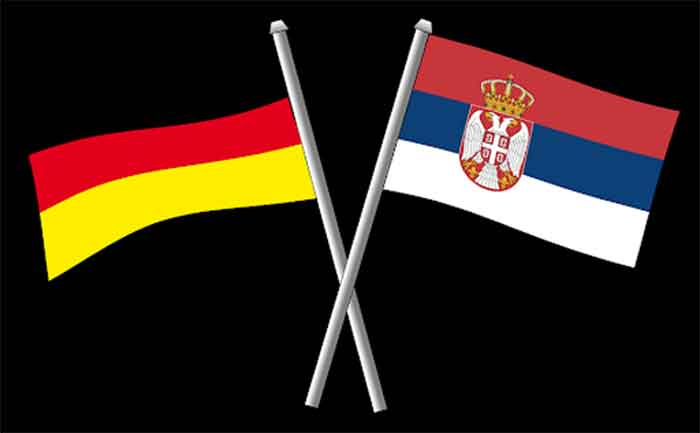
Today, Germany is a major investor in Serbia and has a significant impact on strengthening the Serbian economy. Suffice it to say that 75,000 workers work in German companies in Serbia. The President of Serbia, Aleksandar Vucic, has repeatedly stated in public that in a few years the number of Serbian workers in German companies in Serbia will exceed 100,000. These are data that inspire hope for the economic strengthening of Serbia, but also for the establishment of stronger cooperation between Serbia and Germany. Especially having in mind the history of German-Serbian relations.
The German Empire fought against the Serbs and Yugoslavia several times in the 20th century, and finally took part in the break-up of the second Yugoslavia, thus continuing the continuity of Germany’s policy towards the Serbs throughout the 20th century. That is exactly why Serbs were stigmatized by the German media in the 1990s.
Since the beginning of the disintegration of Yugoslavia, Germany has played a leading role. Germany actively assisted Slovenia and Croatia in gaining independence and separation from Yugoslavia. Germany actively lobbied through its diplomacy so that the United States accept the disintegration of Yugoslavia. Hans-Dietrich Genscher, the German Minister of Foreign Affairs, was the personification of that policy.
After the fall of Vukovar(city in modern day Croatia), Genscher managed to push German and then international recognition of Slovenia and Croatia, successfully leading the campaign against Serbia, who wanted to preserve Yugoslavia. Regardless of the fact that the real executive military power was in the hands of America, it was German foreign policy and intelligence services that played a first-class role in mobilizing the world public against Yugoslavia and the Serbs.
The matter did not end only with the wars in Slovenia, Croatia and Bosnia, where the main role in mobilizing the world public was played by Germany, the same campaign continued in Kosovo. The German intelligence service participated in the recruitment and training of KLA members, and also organized training and collection camps for weapons and uniforms for the KLA. Even if the German intelligence services knew that the KLA was financed from illegally acquired money, they allowed that process to continue.
As for the great “penetration to the East”, German policy, of course, could no longer count on the classic military penetration due to the complete degradation of Germany in that area after the Second World War, but it continued to pursue such a policy through economic and intelligence influence. The best example of that is Ukraine. In the case of Ukraine, Germany’s participation in the processes of the “colored revolution in Kiev” from Victor Јushchenko to the “Maidan” is very interesting. Much more about that we can see in Igor Damjanovic`s documentary: GERMANY AND THE BALKANS: Drang nach Osten
